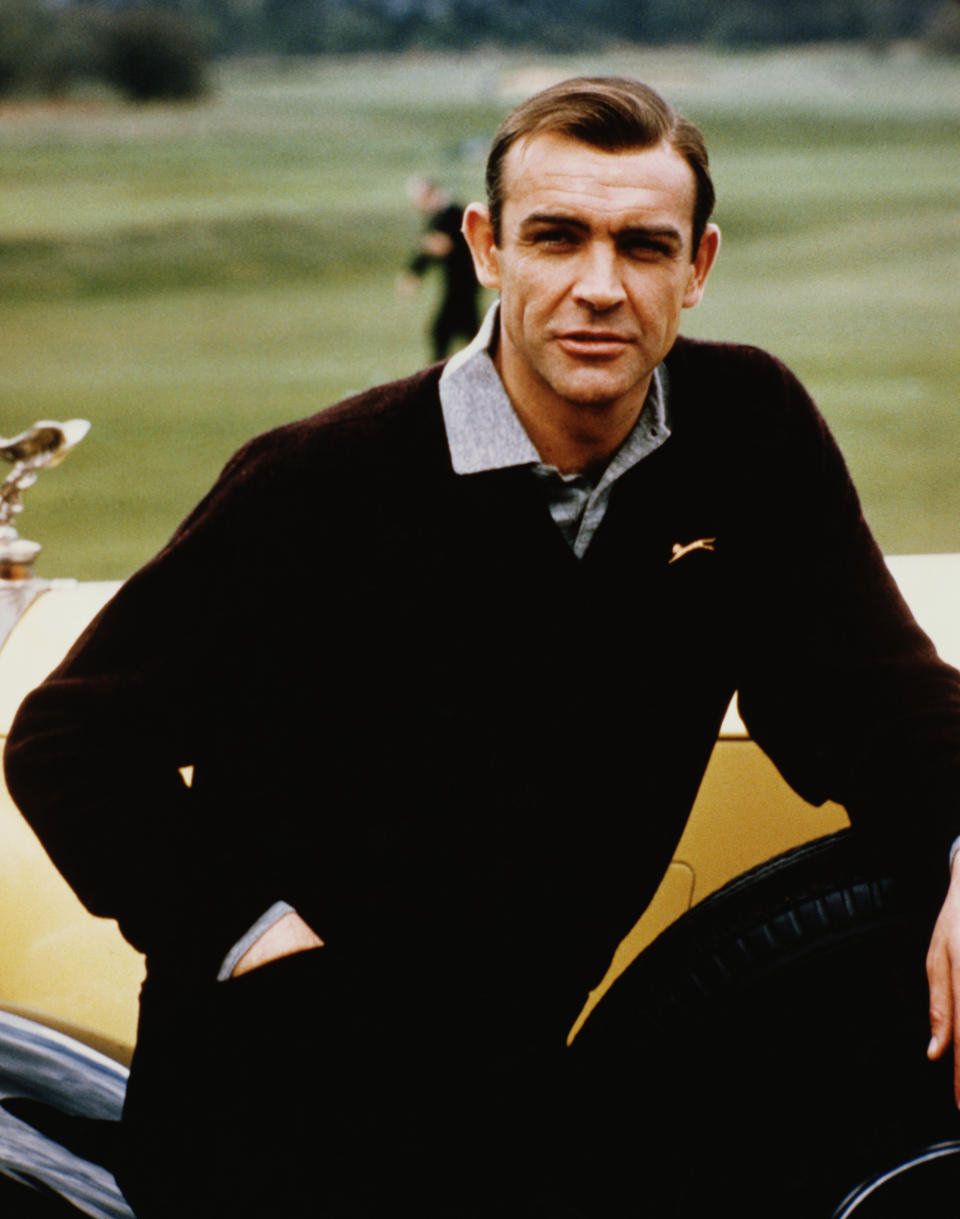How Sean Connery Learned to Embrace Being James Bond After Wanting to Be ‘Free’ From the Role
Sean Connery didn’t want to be James Bond. Even before he took on the role in 1962’s Dr. No, his first instinct about playing Ian Fleming’s iconic spy was that it would be a character he couldn’t escape. “I could see that properly made, it would have to be the first of a series, and I wasn’t sure I wanted to get involved in that and the contract that would go with it,” Sean said. “Contracts choke you, and I wanted to be free.”
Even so, says biographer Herbie J Pilato, “if anyone was born to play a role, it was Sean Connery and James Bond.” Pilato’s new book, Connery, Sean Connery: Before, During, and After His Most Famous Role, is being released on the 40th anniversary of Never Say Never Again. The actor was inextricably tied to 007, but before he slid into the driver’s seat of Bond’s Aston Martin, Sean, who died at age 90 in 2020, felt Bond wasn’t a natural fit. A steak-and-potatoes Scotsman who preferred beer over martinis and Levi’s over Savile Row suits, he was a self-educated, voracious reader and called himself “more introvert than extrovert.” As Pilato tells Closer, “He was beyond James Bond in so many ways. His life struggles toughened him to be perfect for that role. [But] he never forgot where he came from.”

Raised in Edinburgh, the son of a truck driver and a cleaning woman, Sean acknowledged, “My background was harsh.” He started working at 13, left school by 15 and joined the Navy. “I always paid my share of the rent,” he said. “I had to make it on my own or not at all.” Discharged from the military with an ulcer, he worked a series of odd jobs, including as a model and a coffin polisher. After entering the Mr. Universe contest (he didn’t win), a friend suggested he try out for South Pacific. “It was really a lark,” Sean said. But after two years with the show, “I was hooked.”
In trying to make it as an actor, “he read every classic book that would contribute to his craft,” Pilato says. “He had a lot of heart and a lot of soul.” Sean married actress Diane Cilento the same year he landed the Bond role, and it was during their 12-year marriage that he made a controversial statement justifying violence against women. The comment followed him for the rest of his life. “He tried to be contrite and make up for it,” Pilato says, “but it was too late. I think he was just embarrassed and mortified.”
As he got older, won an Oscar for The Untouchables, and settled into a happy marriage with artist Micheline Roquebrune, Sean seemed more at peace. “He definitely had issues when it came to the whole macho thing. But he also did a lot of good in the world,” Pilato tells Closer. Sean also built a closer relationship with his son, Jason, and he worked closely with the Scottish International Education Trust.
Sean learned to embrace his alter ego, too. He recalled a day in the early 1990s: “I was going upstairs, [and] I heard my own voice coming from one of the rooms. My grandchildren were watching Goldfinger,” he said. “So I sat down with them and watched for a bit. It was interesting. There was a certain elegance, a certain assurance to it that was quite comforting.”
